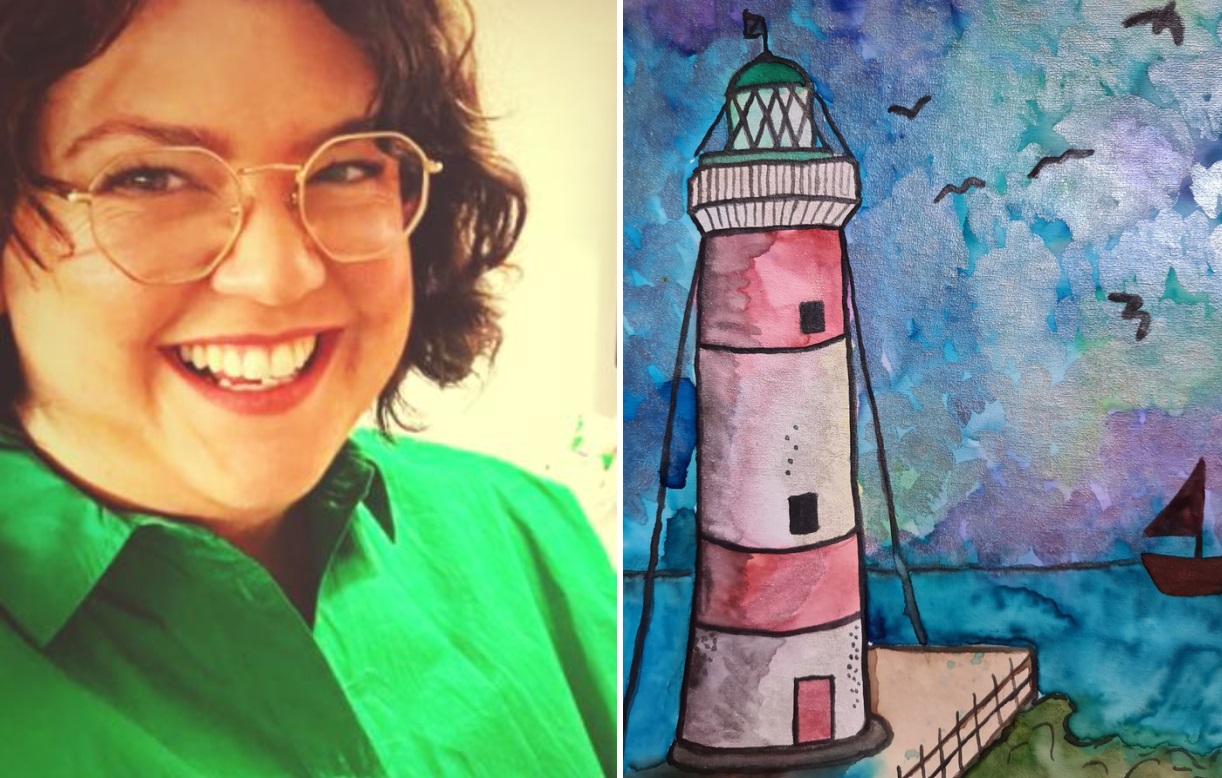Hi, my name is Lumi Winterson. I was diagnosed with borderline personality disorder (BPD) when I was 20. The main symptom or behaviour that the doctors used as a basis for my diagnosis of BPD was self-harm. However, it is so much more than that. Living with BPD makes everything a lot harder.
Emotional dysregulation is a common symptom. Emotions are heightened, and one minute, I would be hypomanic; the next, I’d be bawling my eyes out. It was like a rollercoaster that I had no control over, and as I didn’t know how to deal with my emotions, the only thing that felt like I had some control over was self-harm. Another symptom that I have had to deal with is black-and-white thinking. People are either all good or all bad, with no room in the middle. This has cost me a few friendships over the years, but then again, maybe it just made me picky about who I was friends with.
The world of someone with BPD often feels like a threatening place, which can make you feel overwhelmed and engage in risky behaviours such as self-harm and suicide attempts to manage the distress. Although it may not feel like it at the time, I feel that BPD is actually a relatively positive diagnosis. It’s definitely not easy, but a lot of people with BPD who initially struggle with it in their teenage years can, over time and with intensive therapy, step through into an adult life that is worthwhile, purposeful and enjoyable. 🌟
My road to recovery took a lot of work. For me, the most helpful and constructive type of therapy that I did a lot of was Dialectical Behaviour Therapy (DBT). I really learnt a lot of the skills that I still use to this day in order to manage impulsive behaviours. I learnt how to recognise emotions and how to regulate them in a more helpful and less harmful manner.
I learnt crisis survival skills, which I implemented many times during emergencies, and I learnt communication skills, which allowed me to be assertive and to get my point across when I felt stuck. Another thing that has been helpful for my recovery has been expressing myself creatively through my jewellery, embroidery, watercolour paintings, and writing. 🎨🖋️
In my book The Girl in the Mirror (2016), I talk about my journey with mental illness. What I really want to do with my writing is to share my experiences with others and to reassure people that they are not alone. Emotions are hard for people to deal with, no matter what age you are.
So, whether you are a teenager or an adult, struggling with self-harm behaviours and crippling emotions, substance abuse, unhelpful eating habits, unstable relationships, or even psychosis, I want you to know that you are heard. You are important. You are smart. You are strong. You are funny, and you are understood. You are worth something. You are recovering. 💖✨
Thank you for reading this, do please checkout my paintings, my blog – https://www.lumiwinterson.com/blog/



